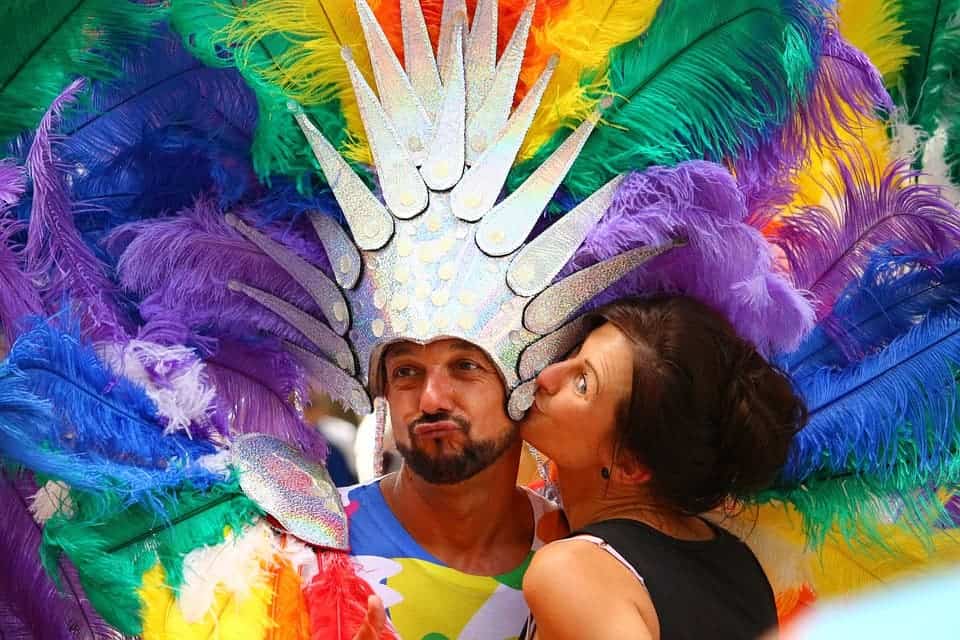The American public has an inflated perception of the size of gay and lesbian populations living in the United States, say political scientists at the University of Kansas. According to the most recent surveys, Americans generally believe there are six times more homosexuals living in the nation that they actually are. Researchers caution that this overestimation can influence gay rights in the USA by making people less eager to support equal rights measures.
According to a paper by Gary Gates, former research director at UCLA’s Williams Institute and author of the most reliable estimates of LGBT populations in the USA, there are approximately 9 million LGBT people living in the country. An estimated 3.5% of adults in the United States identify as lesbian, gay, or bisexual, and an estimated 0.3% of adults are transgender.
When Haider-Markel and Mark Joslyn, both at the University of Kansas, examined surveys asking American adults how many homosexual men and women live in the nation, their estimates were way overboard. The researchers looked at two surveys, one from 1977, the other from 2013. Though 1977 was far more forgiving with gays than the turn of the last century, when they could have been arrested and even sterilized for their sexual orientation, the public’s perception wasn’t nearly as tolerant as it has been most recently. Despite the 40-year gap, then and now, Americans have greatly overestimated gay populations, as reported in the Journal of Homosexuality.
In 1977, surveys found Americans believed gays and lesbians represented 10 to 19 percent of the population. In 2013, the average response on the population estimate was 23 percent. As outlined earlier, Gates estimates that, in reality, only 3.5% of American adults are gay or bisexual. Another study puts the upper limit at six percent but that’s still nowhere near what the American public believes.
At face value, this might not look very important. However, Haider-Markel and Joslyn stress that research clearly shows that the perception of a minority as larger than it actually is can make the majority less inclined to support equal rights measures.
“The pattern suggests that we don’t automatically feel threatened by a minority group, but if we perceive the minority group to be large, we respond in ways that would tend to restrict or push down the minority group,” said Don Haider-Markel, professor and chair of the Department of Political Science.
“What the literature often ignored was whether in fact these estimates mattered,” said Joslyn, also a professor of political science. “We show that in fact they do matter for support of policies related to the minority group.”
An interesting finding was that demographics largely known to oppose gay marriage or to feel threatened by gay people, such Republicans or religious groups, were no more likely to overestimate gay population than other groups. In line with previous research, however, these groups who exhibit a ‘threat perspective’ concerning gays were less likely to support equal rights policy such as same-sex marriage or employment protection.
The two researchers advise that policies meant to protect gay minorities should also include public engagement programs meant to educate Americans about the real size of homosexual and bisexual populations. This could matter a lot more than some people think. What’s more, the team from the University of Kansas previously found a similar overestimation pattern when examining the gun-owning population. The same likely happens in many other similar instances.
“We suggest there are a host of other minority populations not yet examined but nevertheless important politically. We also believe the public is equally poor at judging the size of majorities,” Joslyn said. “Whether estimates of majority are close to accurate and whether they matter for support of relevant policies is another question for future research.”










